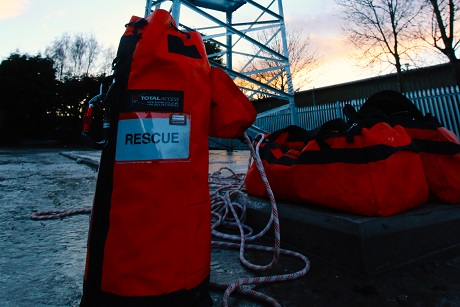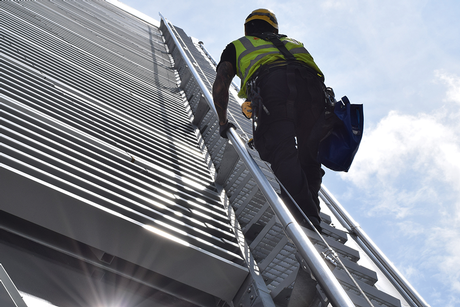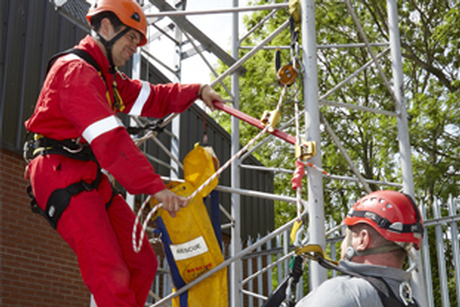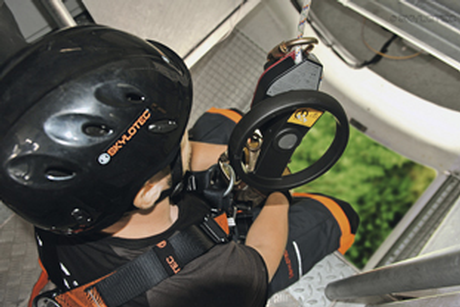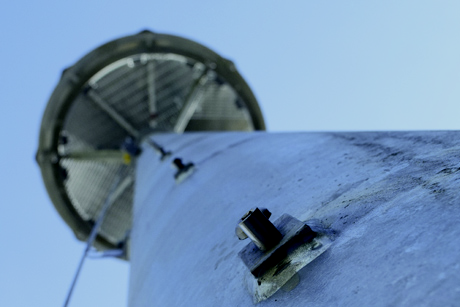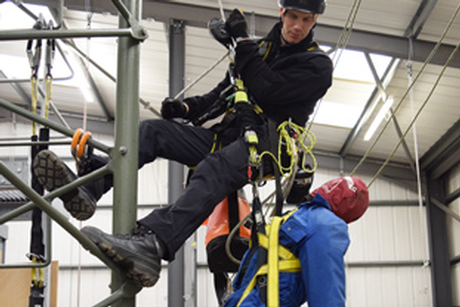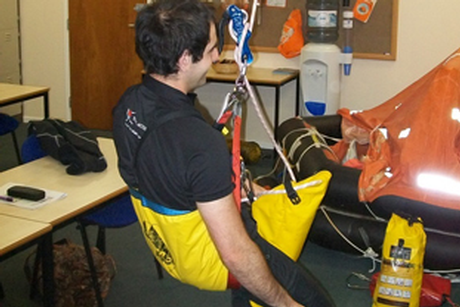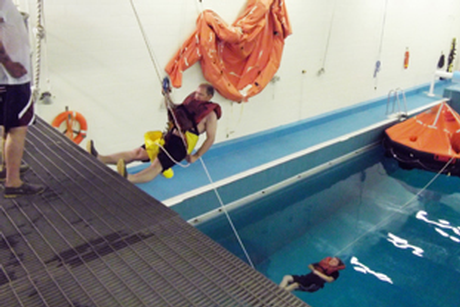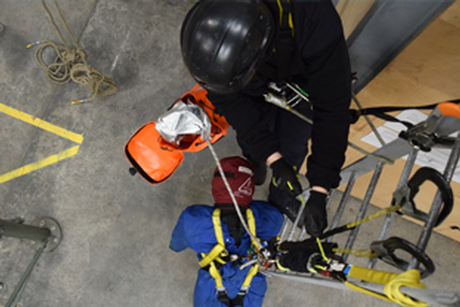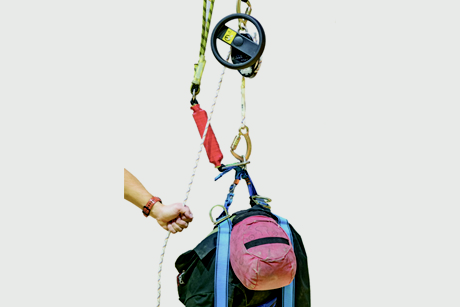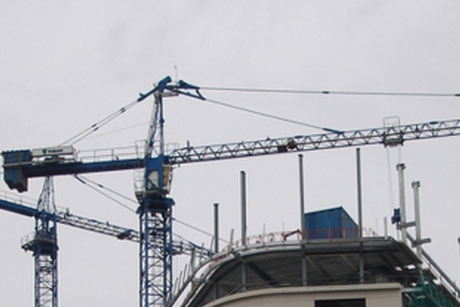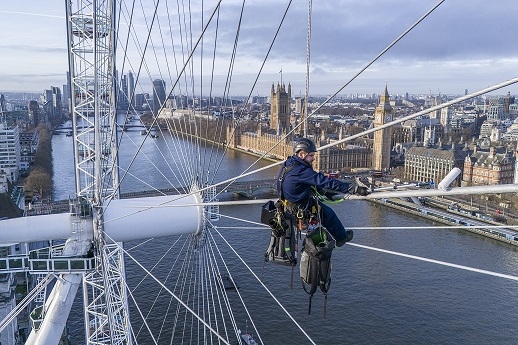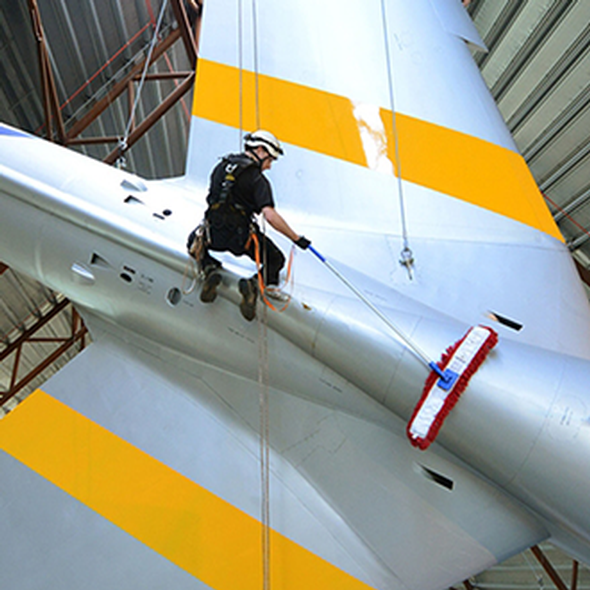 WORKING AT HEIGHT SERVICES
View our Working at Height Services here
Find Out More
WORKING AT HEIGHT SERVICES
View our Working at Height Services here
Find Out More
Rescue from Height Training
Any work at height access system will require a viable rescue plan and like access systems, this could be very basic or quite complicated, requiring multiple stages and personnel. Therefore, when planning work at height it is important to assess and devise the most sensible and practical means of rescuing an incapacitated worker, considering any foreseeable risks.
It is advantageous if the access system itself can form part of the rescue plan, however, the ‘worst case scenario’ should be considered. A rescue plan may involve a plan A, B, C or D depending on the scenario. We help support customers to find viable rescue and evacuation solutions to ensure the safety of employees and compliance with the work at height regulations. We have a range of purpose-built rescue and evacuation kits, and have a wealth of experience in many industry sectors delivering technical rope rescue training.
 WORKING AT HEIGHT SERVICES
View our Working at Height Services here
Find Out More
WORKING AT HEIGHT SERVICES
View our Working at Height Services here
Find Out More
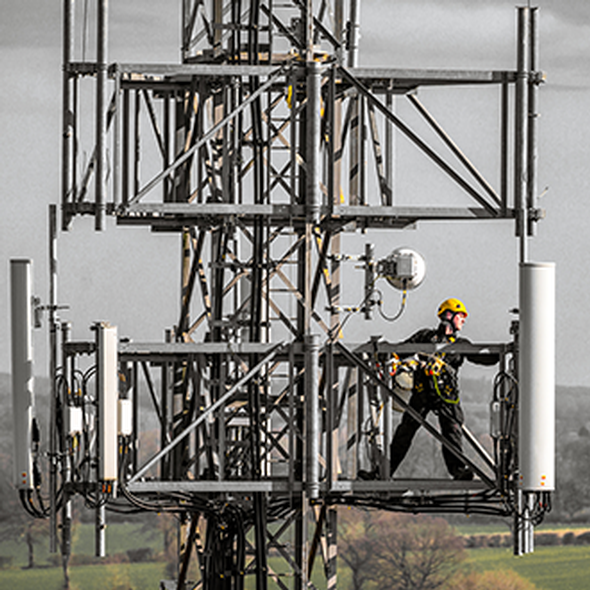 Telecoms Climber Training
Find out more about our telecoms courses.
Find Out More
Telecoms Climber Training
Find out more about our telecoms courses.
Find Out More
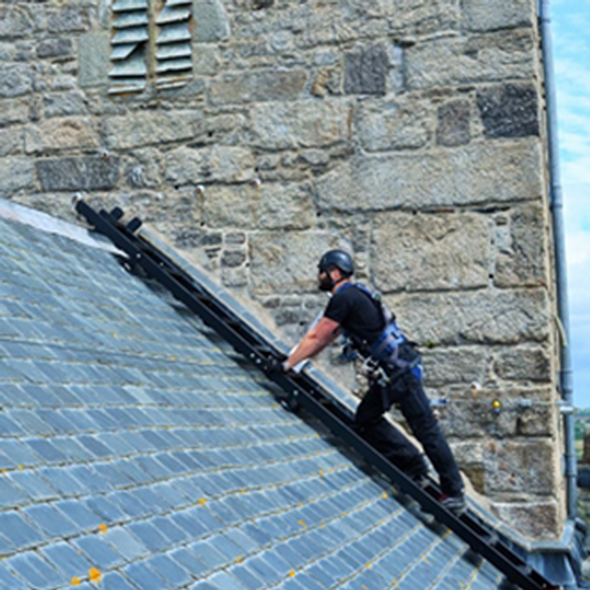 Fall Protection Services
Browse our fall protection services.
Find Out More
Fall Protection Services
Browse our fall protection services.
Find Out More
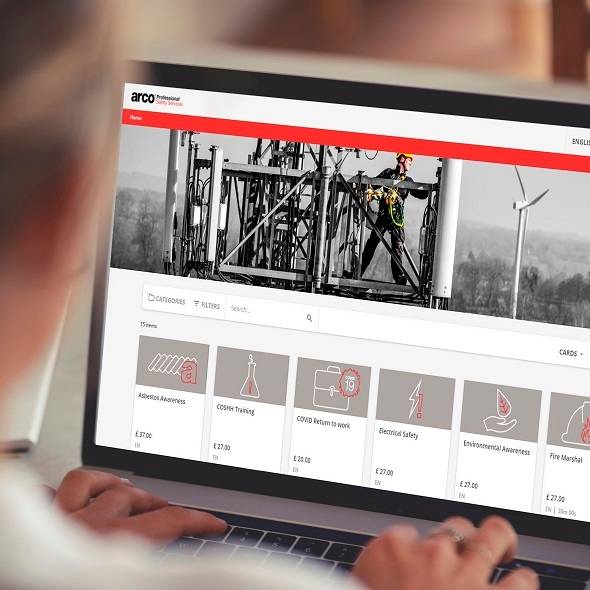 E Learning
Browse our E Learning courses
Find Out More
E Learning
Browse our E Learning courses
Find Out More

